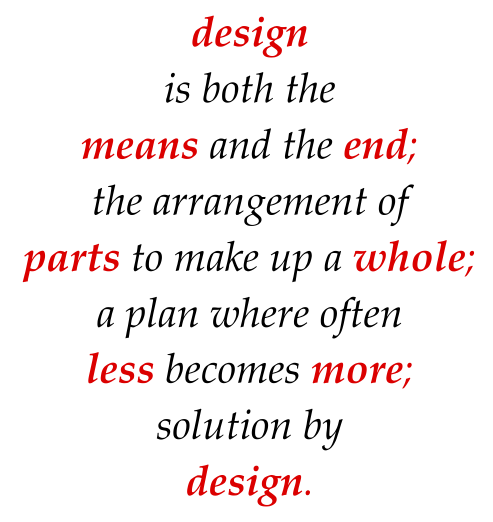Process
At Brubaker Design, exhibit development begins with meetings between the exhibit designer, curator or educator, museum director, project coordinator and other key team members forming an exhibit planning committee. A curator or educator is contracted to research and write the script, more specifically the text and label copy; he/she may also locate the artifacts, photographs, illustrations, diagrams, etc. that best support the story. Meeting with the committee, the mission for the museum is clarified; the objective of the exhibit program is discussed as is the availability of resource and visual materials, artifacts, conservation and security concerns, budgetary and facility constraints, and visitor profile.

Based on meetings with the exhibit planning committee and availability of materials and resources, the exhibit designer will assimilate the information provided, determine a design approach and begin the exhibit design process. Typically, the exhibit designer will undertake additional research to become better familiar with the subject matter beyond what is provided in the script and support visuals – assurance that the essence of the subject matter is captured and understood, and evident in the finished exhibit.
During the exhibit design process, the text and label copy is refined and edited by the curator/educator and visual gaps identified. The exhibit designer should have a selection of visuals to choose from and have discretion – subject to approval by the curator/educator – to search for better images if the initial choices are weak and lack visual interest. This may necessitate having visuals produced specifically for the exhibit.
Ideally, it is beneficial for the exhibit designer to have all information and exhibit artifacts and components at hand before the design process begins – for just as the arrangement of exhibits and environments within a museum space follows a predetermined design plan, so down the line, the arrangement of components within an exhibit, display case, and interpretive graphic or text panel follow a compositional layout and predetermined design solution. A change or exhibit component added after the fact more times than not can disrupt the composition and aesthetics of the initial design.
Upon committee approval of the exhibit design concept and approach, the exhibit designer will produce the design documents necessary to implement the build out of the museum space and fabrication of the display components (casework, pedestals, signage, etc.) – providing spatial layouts, elevations, section and detail drawings and if necessary, color renderings and working models for the exhibit. The exhibit designer will also select and assemble sample materials, color palette, and finishes to be used in the production of the exhibit and calculate cost estimates and time schedule to complete the project.
If desired, the exhibit designer will coordinate the production of the exhibits through installation and completion. The exhibit designer maintains close working relationships with various businesses that can provide services required in graphic design, signage, photographic production, metalwork, custom plastic fabrication, exhibit/display fabrication, scenic construction, audio visual, lighting, mount making, etc.
Upon completion of the project, it is recommended that, periodically, the museum staff observe visitor response to evaluate the effectiveness of the exhibit and clarity of interpretive materials. Minor modifications and tweaking of the exhibit may be warranted.